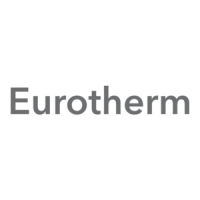
Do you have a question about the Eurotherm 903 Series and is the answer not in the manual?
| Control Algorithm | PID with auto-tune |
|---|---|
| Mounting | Panel mount |
| Control Modes | PID, On/Off |
| Input Types | Thermocouple, RTD |
| Output Types | Relay, SSR |
| Display | LED |
| Communication Protocols | Modbus |
| Power Supply | 100-240V AC |
| Dimensions | 96x96mm |
Details on how to install the instrument, including panel mounting and sealing.
Details on making electrical connections to the instrument via rear terminals.
Diagram and explanation of the rear terminal connections for various functions.
Information on connecting the instrument's power supply, including voltage ranges.
Details on connecting various sensor types like thermocouples, RTDs, and pyrometers.
Information on configuring relay, triac, logic, and DC outputs for Channel 1.
Information on configuring relay, triac, logic, and DC outputs for Channel 2.
Details on configuring alarm outputs for channels 2, 3, and 4.
Information on connecting and activating digital inputs for various functions.
Configuration for RS232 C and RS422 digital communication standards.
Important safety precautions, EMC compliance, and handling guidelines.
Summary of the instrument's technical specifications and ratings.
Explanation of the function of each key on the instrument's front panel.
Details on different access levels and security features to protect configuration.
Overview of how to read and set parameters using the instrument's controls.
Instructions for switching between automatic and manual operating modes.
Information on different types of setpoints and how to select them.
Explanation of how to use stored programmes for automated control sequences.
Methods for tuning the controller's PID parameters for optimal performance.
Guidance on selecting between self-tune and adaptive tune features.
Information on the types and configuration of the instrument's alarms.
How the instrument detects and responds to sensor faults.
Description of how digital inputs are triggered and their associated functions.
Details on configuring the input type, including CJC and mains noise rejection.
Configuration options for channels 1 and 2, including PID and VP control.
Configuring channels 3 and 4, and defining alarm behavior.
Setting up control options like programmer, PID polarity, and derivative action.
Configuring digital communication settings like baud rate, parity, and comms type.
Configuring analogue communication hardware types and functions.
Configuring run, hold, reset, and tuning functions for front/rear operation.
Explanation of security codes S1 and S2 for accessing advanced configuration.
General guidelines and requirements for performing instrument calibration.
Details on J-Bus and Modbus communication protocols.
Table detailing error messages, fault descriptions, and necessary corrective actions.


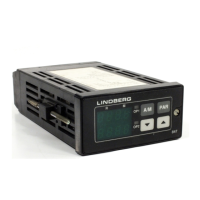
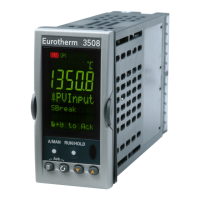


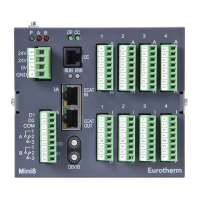
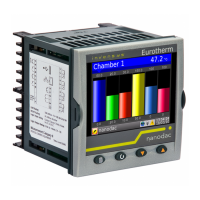

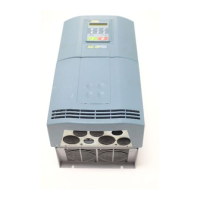
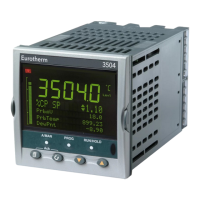
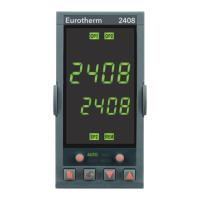
